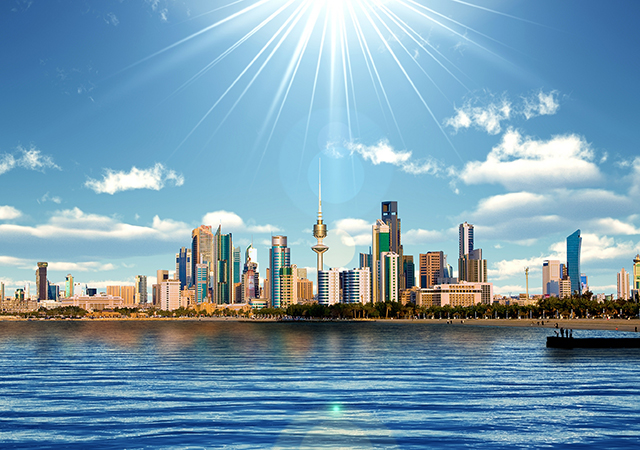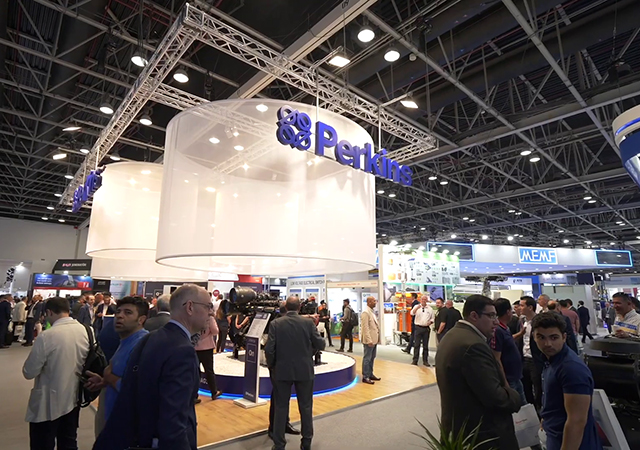
 An aluminium extrusion factory
An aluminium extrusion factory
Aluminium is a chemical element in the boron group with the symbol Al, atomic number 13 and atomic mass 27. As the most abundant metallic element in the earth›s crust, it is most commonly found with oxygen, silicon and fluorine to form the chemical compounds Al2SiO5, Al2Si2O5(OH)4, Al2Si2O7 and the likes. Its usefulness and versatile applications were well-understood long ago; during the time when old civilisations were evolving.
Aluminium, in its elemental nature, has distinctive properties. It is a highly reactive and recyclable element and can be used for various purposes. It is significantly low in density and much lower in weight if compared to other metals like zinc, copper, lead and tin.
A watershed moment arrived during its “discovery period”, as per the metallurgy experts. It was first brought to public knowledge by an English chemist Humphry Davy who, in 1808, discovered that aluminium could be produced by electrolytic reaction from alumina or aluminium oxide (Al2O3) which is colourless crystalline now frequently used for smelting of aluminium metal. He, however, failed to prove it in laboratory for real-life purposes. Later on, various electromechanical methods were employed to produce aluminium which enhanced its usefulness encompassing most of the industry sectors. Electromechanical methods to produce aluminum have led to its exponential consumption worldwide.
GLOBAL GROWTH CURVE
Over the past couple of centuries, the production of aluminium gained momentum worldwide. Global aluminium production amounted to 28,000 tonnes during the period 1890-1899. It surpassed 271,000 tonnes by 1930. In the middle of the twentieth century, global aluminium production amounted to 1 million tonnes a year (mtpy), and in 1973 – 10 mtpy. These trends persisted in the following decades, and in 2014, production volumes exceeded 55 mtpy. It is expected to amount to 60 mtpy in 2016, as per a report recently published by Aluminium Leader.
The global aluminum industry is forecast to reach an estimated $160 billion in 2017 with a CAGR of 5.3 per cent over the next five years (2012-2017). Increasing application, growing environmental concerns, and the move toward greater use of recyclable materials are driving growth in the worldwide aluminum market, as per a research study conducted by Lucintel.
 |
|
Aluminium: a versatile metal |
As per verifiable reports published recently, the aluminium production is expected to amount to 60 million tonnes by the end of 2016 with China taking the lead followed by Russia, Canada and the UAE.
GULF MARKET
Resource galore, wider applications of technologies, world class road infrastructure, business friendly industrial policies have set the pace of world class aluminium production in the region which is now home to some of the world’s largest aluminium smelters.
With substantial growth in construction and infrastructure, manufacturing and utilities activities in the region – the demand for aluminum is not only surging but also at an all-time high in the GCC.
As per a study conducted by Gulf Aluminium Council, the collective output of primary aluminum by the five GCC producers – Emirates Global Aluminium in the UAE, Alba in Bahrain, Ma’aden Aluminium in Saudi Arabia, Qatalum in Qatar and Sohar Aluminium in Oman – stood at 5.26 mtpy in 2015. Aluminium industry in the GCC is growing by 8.4 per cent annually compared to global average growth rate of 3.7 per cent per annum.
Mahmood Daylami, secretary general of Gulf Aluminium Council said: “GCC aluminium production contributes majorly to revenue generation and pegged at 10 per cent of the total world production. As a major economic driver of the region, 40 per cent of the total aluminium production is utilised by the downstream aluminium industries in the Gulf and 60 per cent of the total production is exported to different parts of the world.”
FUTURE OUTLOOK
A sharp downswing in oil and gas prices has opened a plethora of doors to other industries to flourish and strongly position themselves in the GCC. Governments started to diversify the economy with a view to global financial melt-down to ensure region’s economic growth is not inflicted. Economic diversification plan has given a boost to its bright prospects.
There are several other reasons which equally contribute to its positive prospects in the GCC:
• Aluminium is a versatile metal and can be easily recycled. As per the industry experts, 8 million tonnes of aluminium is recycled every year which is later processed further to form aluminium alloys to meet the growing needs of the local and international needs of automobile, food and beverage and packaging industries.
• Aluminium is added with other elements like zinc, copper and magnesium to form aluminium alloys. These elements boost up the strength of the alloy to be used in various industries cutting across industrial profiles and nature of activities.
• The construction landscape of the GCC is peppered with architecturally superb buildings clad in combination with aluminum, glass, stones and marbles to give it more appeal, durability and increase fire resisting capability with a view to minimising the dangers to human lives, properties and environment. Construction industry is one of the biggest gainers among manufacturing, pipeline, automobile and service industries where the aluminium doors, windows, curtains and claddings are considerably used.
Due to these advantages, the white metal is the metal of future and considered to be a prerequisite for the industrialisation plan of the region’s governments. With the timely support and business friendly environment, aluminium industry is poised to grow at an unprecedented pace in the GCC.











